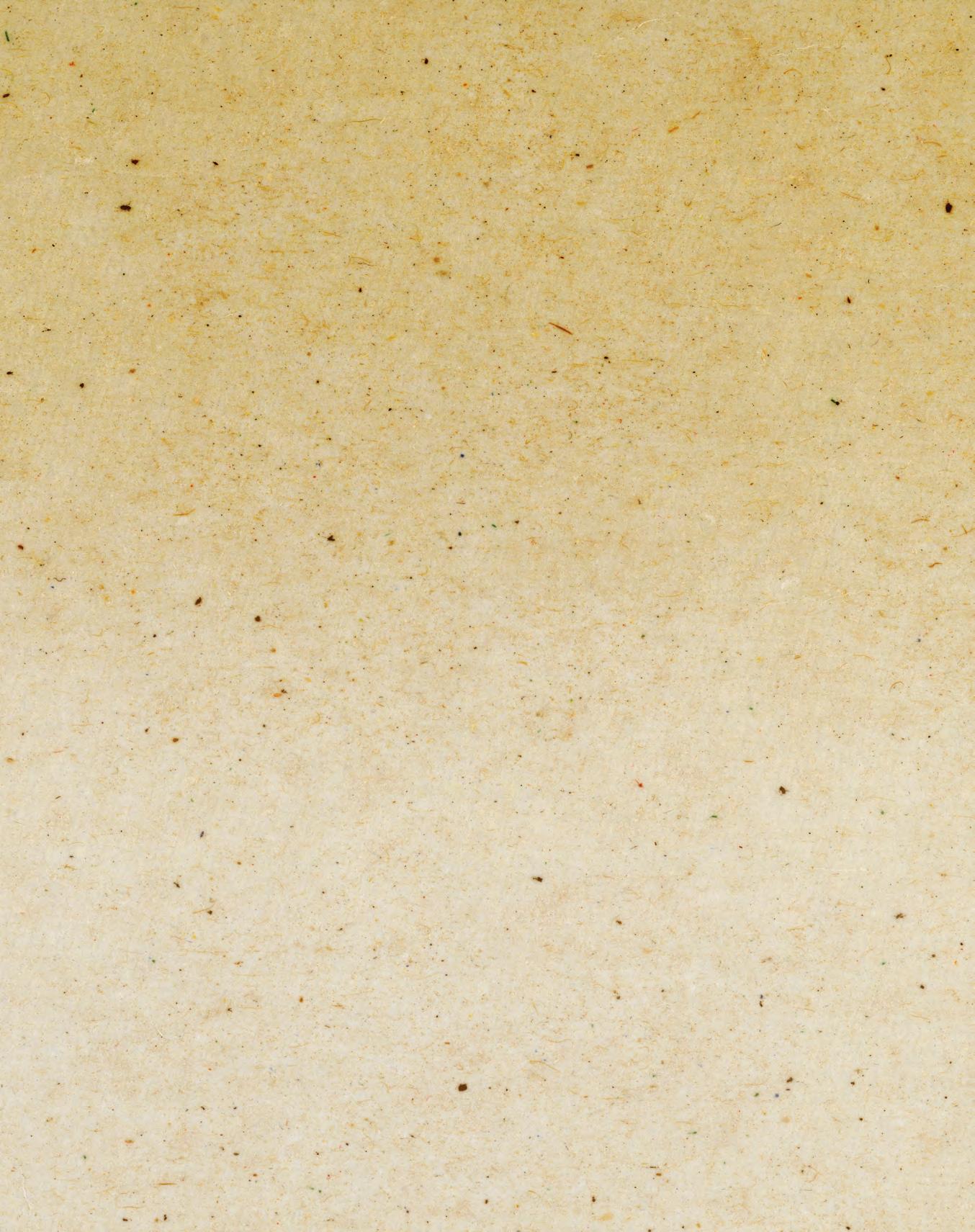
3 minute read
Mortui Vivas Docent
M O R T U I V I V O S DOCENT
by Kristen Munson
Advertisement

— Mary Roach, S t i f f : T h e C u r i o u s L i v e s o f H u m a n C a d a v e r s
T H E B O D Y B A G S A R E HARD TO MISS.
Seven altogether. Separated into two rows and covered with disposable surgical cloths. Boxes at the head of each metal exam table store instruments for human dissection: chisels, hammers, pliers, tongs, scalpels, and tweezers. Shelves along the back wall hold dozens of skulls, some plastic, some bone. This is where 400 Utah State University students come every year to learn from some of the world’s best teachers—the dead. In the hallway, 20 Highland High School students wait for their chance to tour the anatomy laboratory in USU’s Biology and Natural Resources Building. Three teen boys laugh loudly, seemingly unaware of a signature tell—a nervous jiggling of their legs. A bearded man emerges from the room wearing a white lab coat, burgundy dress shirt, and cream colored tie. Andy Anderson, director of the cadaver lab, ushers in the next round of students with a wave, a pink name tag with a skull and cross bones affixed to his chest.

“They usually come in pretty timid, but by the end they don’t want to leave,” he whispers. The students perch on metal stools lining the perimeter. More foot jiggling commences. Anderson stands in the center of the room to deliver a speech he has given hundreds of times over the last 20 years. “They are all volunteers,” he says gesturing toward the tables. “All people who designated in writing prior to their deaths that they wanted to be cadavers.” Anderson’s voice is a salve. Warm and soothing, but firm. Teach so others may heal. Being young people, he continues, you might wonder, “Why would anyone in their right mind want to be a cadaver? Why have I signed up to be a cadaver after my death?” He pauses. “The most common reason people volunteer for this process is they want my students here at the university, and visiting students like yourselves, to learn on dead bodies so later on in your lives and your careers you don’t make a horrific mess out of living bodies.” Humans have dissected other humans in the name of medicine since 300 BC when the ancient Greeks established the practice. Cadaver dissection remains a learning exercise at medical schools the world over. It involves handling the dead. Disassembling the dead. So that we can learn from the dead. Anderson points to the sign over the door. “Mortui Vivos Docent. The dead teach the living,” he repeats. “You will find that sign in most cadaver labs in the world.”

Andy Anderson didn’t exactly choose his profession. After high school he set out in a general direction—biology—found a groove in the Army as a clinical lab scientist, and followed it around life’s twists and rises. In civilian life, Anderson earned his doctorate in medical microbiology and came to USU 36 years ago to lead its now defunct Clinical Laboratory Medicine Program. In 2000, Anderson inherited the cadaver lab because he was one of the few people in his department with a medical background, he says. It’s been a welcome shift.








